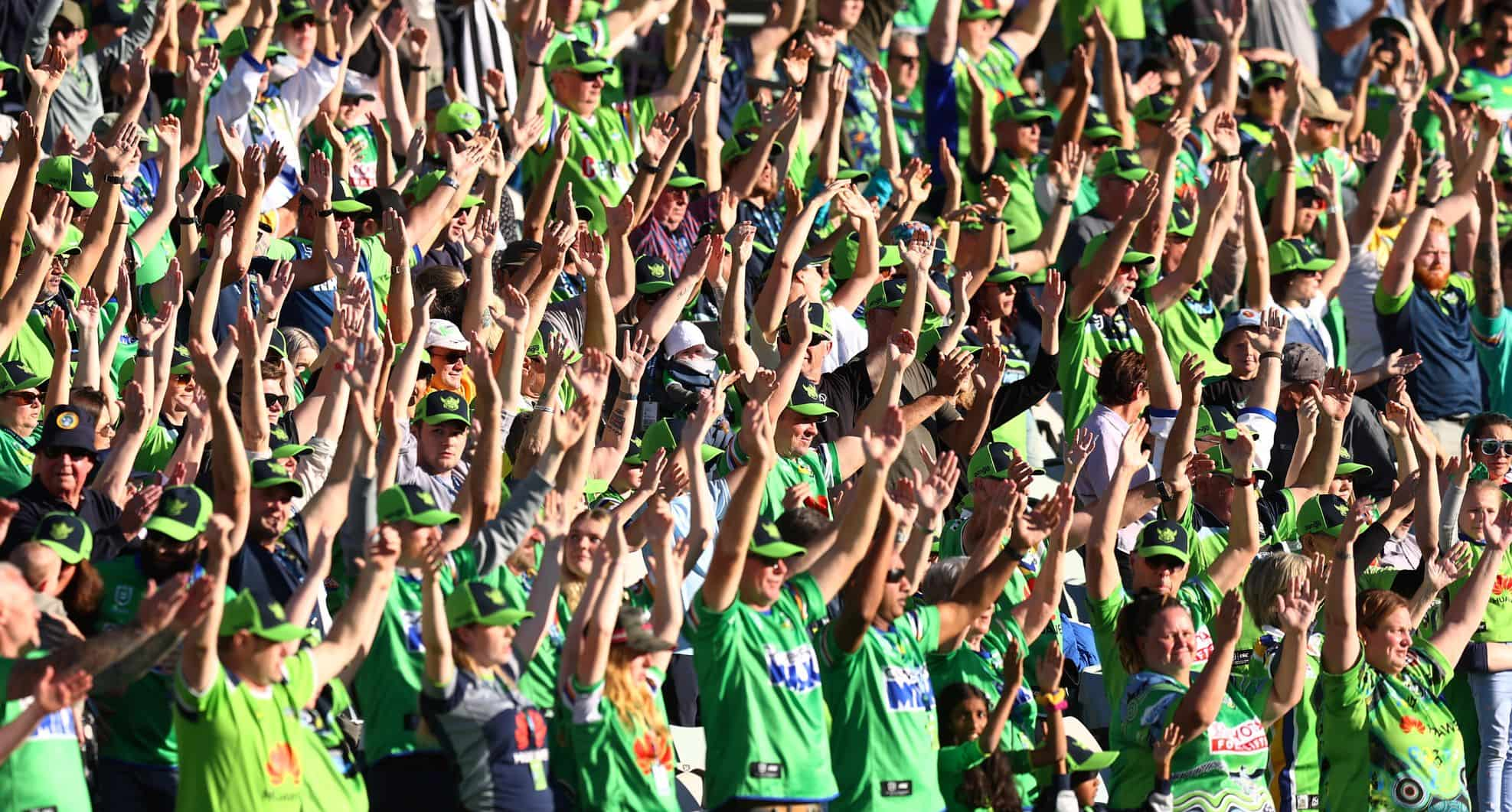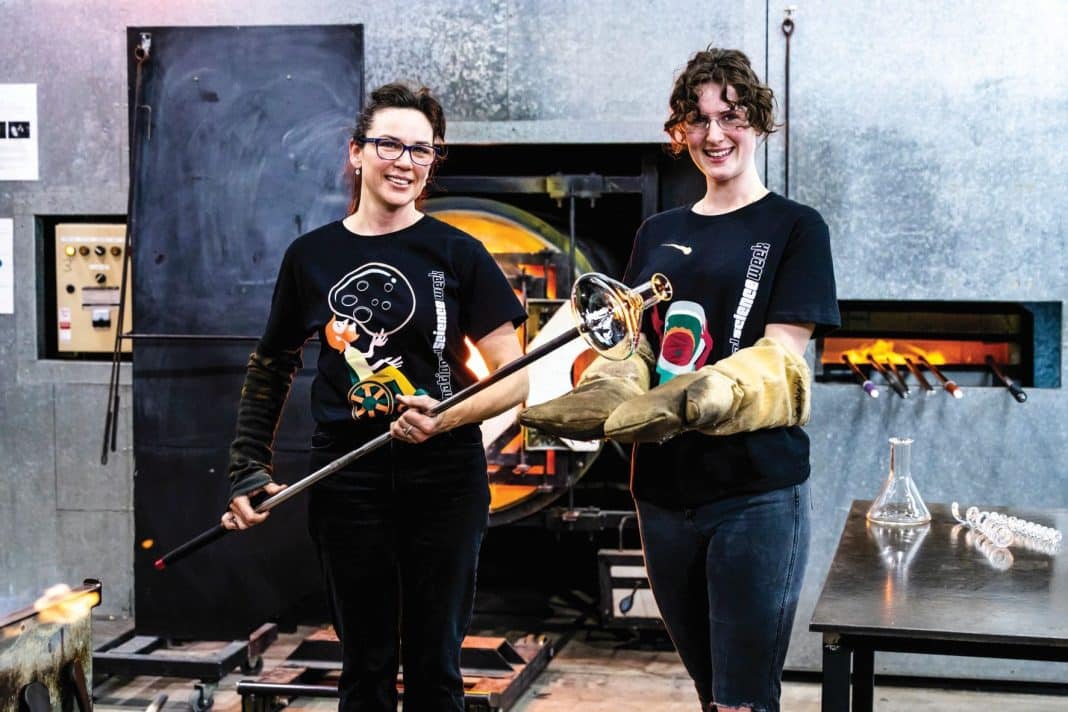It’s almost that time of the year where all kinds of electrifying, explosive and fantastic science experiments and experiences are in the spotlight, during National Science Week. This year the fun will run from Saturday 13 August to Sunday 21 August.
The annual event has been happening since 1997 and hopes to spark fascination in the world we live in by understanding the roles science and technology play in it. With over 1,000 events registered across all states and territories, everyone is invited to get involved.
Here in the ACT, 17 grants have been given to groups and organisations to help cover the running costs of their events; a full list of these can be found on the National Science Week website.
Schools from around the country are invited to get involved. This year’s school theme focuses on the science behind glass in ‘Glass: More than meets the eye’. What better way to immerse yourself in the wonder of glass making than at the Canberra Glassworks in Kingston?
Over the two weekends of Science Week, 13-14 and 20-21 August, the public is invited to experience the secrets of the inner workings of the Glassworks through a range of demonstrations and talks. Experience the hustle and bustle of the Hotshop floor as some of Australia’s finest glass artists create work right before your eyes. Glassworks resident science expert, Jodie Smith, will be there to answer your science-related questions.
On Friday 19 August, for one afternoon only, attendees are invited to learn about the art of neon glass with renowned artist Harriet Schwarzrock.
ACT Science Week’s large-scale event is happening in shopping centres across Canberra where organisations or groups will host workshops and stalls for the public to come take a peek at what they have been working on. One of these groups is Young Engineers Canberra (YEC), who will be teaching the principles of engineering by showing kids how to create their own robots with Lego.
Using the concept of edutainment, they will help different age groups understand the practical application of scientific engineering and technology to real-world situations. Hands-on tools like Lego help little minds absorb the information and make it easier for them to understand difficult principles.
“We do teach them coding as well. We teach the principle, then build the machine around it and then teach them how to control it through coding, algorithmic thinking through a tablet,” said YEC’s Ishani Weerasinghe.
Along with the workshops, YEC will have their own robotics on display to showcase how electronics can be used to solve real-world problems: a scale model will show sustainable long-term solutions for food production through a smart farm, see how technology can enhance your home in a smart house, and check out the inner workings of a robotic arm.
But Science Week fun isn’t just for school kids; older Canberrans can improve their technology and computer skills at a series of free workshops, called Computing for Seniors, hosted by Thomas McCoy.
Using technology developed by MIT originally for children, Mr McCoy has extended the program to help seniors. He guides attendees through basic coding exercises that allow them to create a range of activities, including videos and games, which they can email to their loved ones.
“One of the seniors had a grandson living in New York, so he created dinosaurs walking in his backyard and recorded his voice telling the story to send to him,” he said.
Mr McCoy is passionate about bringing other seniors up to date with how to engage with technology; he was over 60 when he first toyed with the idea! He says Alzheimer’s is a real concern and anything that makes your brain engage can really help, joking that there’s only so many Sudoku and word puzzles one person can do.
“We’re all going to be seniors, people forget that,” he said.

Rugby league fans can get in on the scientific action at GIO Stadium when the Raiders take on the Illawarra Dragons on Sunday 14 August. ANU Earth and Marine scientists will measure the sound wave of the Viking clap and the tiny earthquake of a stadium-wide foot stamp.
By placing a seismometer under the main stadium, they will be able to see what impact the sound has on the earth below. The group runs an outreach program involving 50 schools across the nation engaging children in the science behind earthquakes, encouraging them to jump up and down so their impact on the ground can be measured.
The foot quake was born over 10 years ago when a set of seismometers that had been placed across a country in Africa recorded a series of events at the exact same time, something not possible if it was a natural occurrence. They soon realised the times coincided with goals scored by the national football team in the African Cup. They plan to follow to the same principle at GIO Stadium in what they are calling the footy quake.
For more information on these events and others in the ACT during National Science Week, head to scienceweek.net.au
Get local, national and world news, plus sport, entertainment, lifestyle, competitions and more delivered straight to your inbox with the Canberra Daily Daily Newsletter. Sign up here.



